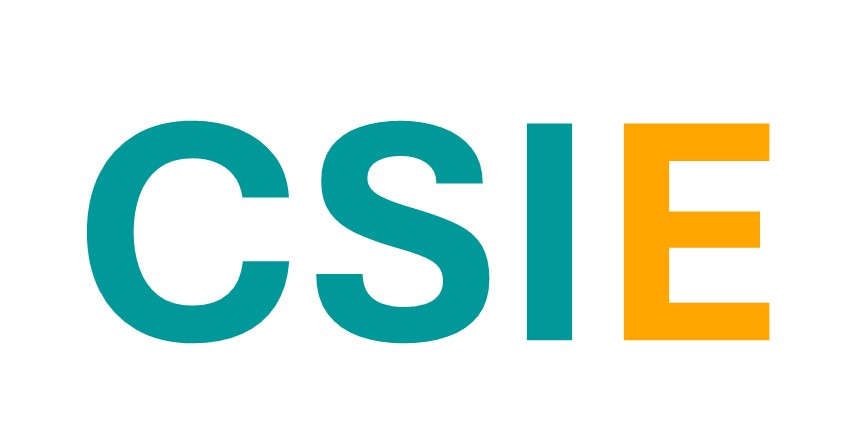Performed equipment and system surveys, performed electrical studies, generated reports and labels associated with Arc Flash analysis for installation of interconnected Photovoltaic systems at multiple WSSC sites. Equipment highlights included 69 kV and 13.2 kV systems, 2 x 2MW photovoltaic systems, multiple substations, step-up / step-down distribution systems. Extensive field surveys of existing electrical and mechanical equipment were performed. CSIE recorded equipment ratings, overcurrent protective device ratings and settings, and cable information.
WSSC Photovoltaic Installation

WSSC Photovoltaic Installation
Overview
Project Highlights:
Location: Multiple WSSC locations
Size: Varied by location
Key Project Elements
- Short Circuit Study – Performed data entry and short-circuit calculations for the building power distribution system to determine maximum short-circuit currents which may occur at the electrical equipment during fault conditions. This equipment included substations, switchboards, panelboards, generators, transformers, enclosed circuit breakers and safety disconnect switches. The voltage ratings ranged from 69 kV to low voltage. Studies included determination of worst-case scenario based on up to ten (10) switching configurations
- Protective Device Coordination Study – Prepared time-current coordination plots, calculations, and protective device schedules with recommended trip settings for setting in the field by others. The Coordination Study was provided from medium voltage service entrance equipment down to low voltage main breakers in every panelboard or largest branch circuit breakers for main lug panels.
- Arc Flash Analysis Study – The Arc Flash Analysis was prepared to determine potential exposure to Arc Flash Energy, which is required for the purpose of injury prevention and determination of appropriate levels of PPE. The incident energy and flash protection boundaries were determined based on the available Standards for Arc Flash analysis (IEEE Standard 1584-2002 and NFPA 70E-2012). Studies included determination of worst-case scenario based on up to ten (10) switching configurations. Printed vinyl arc flash warning labels and assisted owner’s facility staff with application. Typical label data included hazard category, required clothing, glove class, approach boundaries, and incident energy.
